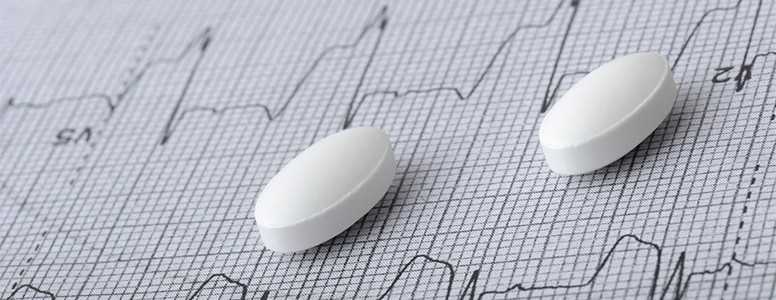In this feature, Camille Bienvenu takes a look at how statins, a cholesterol-lowering drug, can affect people with type 2 diabetes and diabetes treatments.
People on the cholesterol-lowering medication statins could be prone to type 2 diabetes due to the effect the drug has on insulin release and therefore blood sugar.
As we see a rise in statin use and a big commercial push to bring down cholesterol by eating low-fat, we also see a rise in statin-induced hyperglycemia, a breeding ground for prediabetes.
What does a statin do?
The job of statins in the body is to reduce cholesterol production in the liver. The liver naturally takes the starches and sugars we eat from food and break it down into glucose for an energy push, and stores the rest away as a few different things, such as cholesterol and triglycerides.
This is a process that the drug essentially prevents. Alternatively the liver then goes onto pushing the sugar out of the liver back in the bloodstream, thus elevating blood glucose. In other words, the statins are sending a message to the liver to stop making any cholesterol and push it back out into the bloodstream instead, increasing the need for insulin.
It is thought that this side effect of statins is well known in the medical community but largely ignored. Yet people with diabetes and metabolic syndrome are told to take statins to reduce their risk of heart attack, a complication that can affect people with diabetes.
Practitioners themselves do not consider this a side effect that poses a serious threat for the continuity of long-term treatment. The FDA’s deputy director for safety in Metabolism and Endocrinology, Amy G. Ega, affirmed in a 2014 press release, commenting on developments in regard to statin risks, that it represented a small increased risk that simply called upon assessments of blood sugar levels after instituting the therapy, the frequency of which was left at the discretion of every health care professional prescribing them, and didn’t require taking further action.
Although the drug doesn’t negate what one eats but rather what one naturally produces, it would be unreasonable to ask patients to drop their cholesterol medication on the basis that it could raise their chance of developing type 2 diabetes.
Type 2 diabetes management
Another less known side effect of statins is that it reduces the body’s supply of CoQ10 and depletes the body of selenium and vitamin D, which are essential for healthy pancreatic function and correct insulin regulatio, which triggers the need for supplementation for people managing type 2 diabetes.
And low-fat products that are pushed upon people watching their cholesterol levels only make things worse. Fat has been replaced by sugars to make it palatable, creating the perfect storm, along with statins, for the development of diabetes.
Although the drug don’t negate what one eats but rather what one naturally produces, it would be unreasonable to ask patients to drop their cholesterol medication on the basis that it could raise their chance of becoming diabetic.
A good way to optimise both nutrition and treatment for cholesterol while keeping diabetes risks at bay would be to look at nutrigenetics and identify gene polymorphisms influencing the way fat is metabolised, a technology that is now readily available via companies like 23andMe or Promethease.
What's new on the forum? ⭐️
Get our free newsletters
Stay up to date with the latest news, research and breakthroughs.




